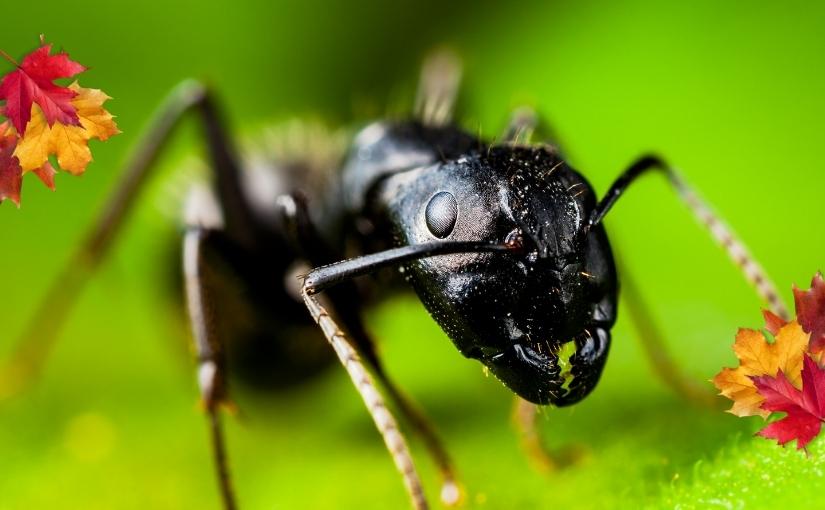
In the world of agriculture, pests are often seen as the enemy, threatening to damage crops and reduce yields. However, not all insects, mites, and microbial organisms in the field are detrimental to crops. In fact, there are beneficial organisms that play a crucial role in naturally suppressing pests and diseases, making them valuable allies for farmers. In this article, we will explore ways to protect these beneficials and promote sustainable pest management practices.
- Monitoring and Action Thresholds
One of the key steps in protecting beneficials is to closely monitor pest populations in the field. Regular scouting and the use of insect pheromone and trapping mechanisms can help farmers determine if the pest populations have reached a level that requires intervention, known as the “action threshold”. Sudden changes in pest numbers can be an indication that intervention is needed. It’s important to take into consideration the cost of the control measure, known as the “economic threshold”, relative to the potential damage that the pest may cause. By using action thresholds, farmers can avoid unnecessary or excessive use of pesticides, which can harm beneficial organisms.
- Selective Control Measures
When intervention is necessary, it’s important to use control measures that are specific to the target pest and selective, meaning they have minimal impact on beneficial organisms. Avoiding the use of broad-spectrum (non-selective) insecticides, such as pyrethroids, and some dual-active formulations can help protect beneficials. Consulting with an agronomist can help farmers identify which insecticides are selective and which are not. There are also other selective crop protection measures that can be used, such as sticky rolls, pheromone disruption, mass trapping using baits or pheromones, microbial pesticides, plant extracts, and introducing predatory insects. These methods can help target the pests while minimizing harm to beneficial organisms.
- Soil Health Improvement
Soil health plays a crucial role in promoting beneficial organisms in the field. Avoiding unnecessary applications of fungicides to the soil is important, as these can harm beneficial organisms and increase the risk of diseases. Instead, farmers can focus on improving soil health through practices such as using cover crops, diverse crop rotations, adding organic matter, and using soil conditioners like Rhizo Mic, Terra Max, and Release. These practices can encourage the proliferation of beneficial organisms in the soil, creating a healthier ecosystem that can naturally suppress pests and diseases.
Benefits of Protecting Beneficials
Protecting beneficial organisms in the field can have several benefits for farmers. First and foremost, it can contribute to more sustainable pest management practices that reduce reliance on chemical pesticides. This can help minimize the development of pest resistance, reduce the risk of chemical residues in the environment and food chain, and promote overall environmental health. Additionally, promoting beneficial organisms can help farmers save costs on unnecessary pesticide applications and reduce the risk of yield losses due to pests and diseases. Beneficial organisms can also help farmers achieve more resilient and sustainable crop production, as they can provide natural pest control services throughout the growing season.
Conclusion
In conclusion, not all insects, mites, and microbial organisms are bad for plants. Protecting beneficials is an important aspect of sustainable pest management in agriculture. By closely monitoring pest populations, using selective control measures, and improving soil health, farmers can promote the proliferation of beneficial organisms in the field, leading to more sustainable and resilient crop production. Consulting with agronomists, using integrated pest management (IPM) practices, and staying informed about the latest research and innovations in pest management can help farmers make informed decisions and adopt practices that protect and promote beneficial organisms in their fields.


















